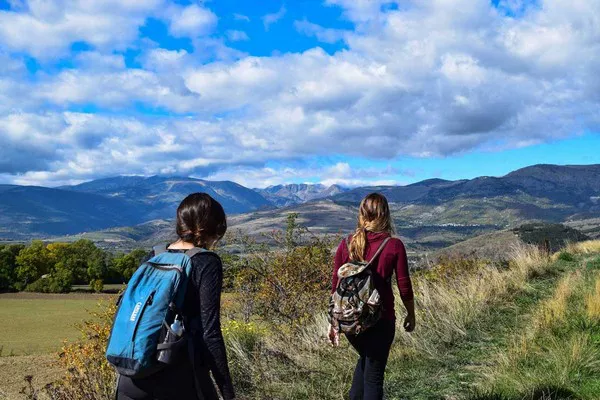Backpacking is more than just a way of traveling; it’s an immersive experience that allows you to explore the world on a deeper level. Whether you’re a seasoned adventurer or a novice looking to embark on your first backpacking journey, this comprehensive guide will equip you with everything you need to know to make your trip enjoyable, safe, and memorable.
Preparation: Planning Your Adventure
The key to a successful backpacking trip begins with thorough preparation and planning. Here’s how to get started:
1. Research Destinations
Start by choosing a destination that matches your interests and experience level. Research the area’s climate, terrain, and local customs. Consider factors such as trail difficulty, permits required, and availability of amenities like water sources and campsites.
2. Packing Essentials
Packing light is essential for backpacking. Invest in quality gear, including a durable backpack, lightweight tent, sleeping bag, cooking equipment, and clothing suitable for the climate. Don’t forget essentials like a first-aid kit, navigation tools (map, compass, GPS), and purification methods for water.
3. Fitness and Training
Build up your physical fitness before hitting the trail. Start with shorter hikes and gradually increase the distance and difficulty to prepare your body for long days of trekking with a loaded pack.
4. Permits and Regulations
Check if your chosen destination requires permits for backpacking or camping. Be aware of local regulations regarding wildlife encounters, fire safety, and waste disposal.
On the Trail: Tips for a Smooth Journey
Once you’re on the trail, these tips will help you make the most of your backpacking adventure:
1. Pace Yourself
Take it slow and steady, especially at the beginning of your trip. Allow time for breaks and enjoy the scenery. Overexertion can lead to fatigue or injury, so listen to your body.
2. Leave No Trace
Practice Leave No Trace principles to minimize your impact on the environment. Pack out all trash, stay on designated trails, and respect wildlife.
3. Water and Food
Stay hydrated by drinking water regularly and refilling at reliable water sources. Plan your meals and snacks to ensure you have enough energy for the journey. Lightweight, high-calorie foods like trail mix, energy bars, and dehydrated meals are ideal.
4. Campsite Selection
Choose campsites away from water sources and trails to minimize environmental impact. Look for flat, sheltered spots with natural windbreaks and good drainage.
5. Safety and Navigation
Always carry a detailed map and compass, and know how to use them. Stay aware of your surroundings and be prepared to adjust your plans based on weather conditions or unexpected obstacles.
6. Gear Maintenance and Care
Properly maintaining your gear is crucial for a successful backpacking trip. Here are some tips:
7. Gear Inspection
Inspect your equipment before each trip. Check for any signs of wear or damage and replace or repair as needed.
8. Tent Care
Keep your tent clean and dry to prolong its lifespan. Air it out after each use, and patch any holes promptly to prevent water leaks.
9. Sleeping Bag Care
Store your sleeping bag loosely in a dry, cool place to maintain its loft. Avoid compressing it for long periods, as this can damage the insulation.
10. Clothing Maintenance
Wash and dry your clothing regularly to prevent odors and bacteria buildup. Choose moisture-wicking fabrics that dry quickly.
Post-Trip: Reflect and Plan for the Next Adventure
After completing your backpacking trip, take time to reflect on your experiences and lessons learned. Here’s how to wrap up your journey:
1. Journaling
Record your thoughts, feelings, and highlights of the trip in a journal. This will not only serve as a keepsake but also help you plan future adventures.
2. Gear Cleaning
Clean and dry your gear thoroughly before storing it. Remove any dirt, debris, or food particles to prevent damage and odors.
3. Community Engagement
Share your experiences with fellow backpackers through online forums or social media. Exchange tips and recommendations for future trips.
4. Future Planning
Start researching your next backpacking destination and begin planning your next adventure. Use your newfound knowledge and experiences to enhance your future trips.
Conclusion
Backpacking is a rewarding way to connect with nature, challenge yourself, and create lasting memories. By following these guidelines and preparing thoroughly, you’ll be well-equipped to embark on your own backpacking adventure. Remember to respect the environment, stay safe, and embrace the journey. Happy trails!


